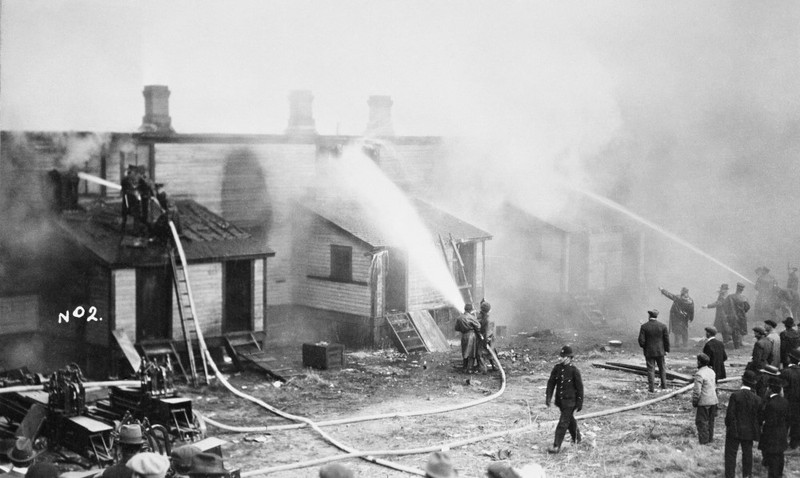Introduction
Introduction
Text-to-speech Audio
Calgary’s current Chinatown is located along Centre Street just south of the Bow River. But did you know that was not the original location of Chinatown?
We now often think of Chinatowns as vibrant places where all people can go to learn about and celebrate Chinese culture. But that hasn’t always been the case. Chinatowns have faced opposition since they were first established. As culturally distinct enclaves where Chinese people have historically resided, worked, and gathered, Chinatowns serve many purposes. Chinese people have often relied on Chinatowns for community, protection, and cultural preservation. Specific Chinese goods and services are more readily available and accessible in Chinatowns. Sometimes they have clear geographical boundaries, but sometimes not. In the case of Calgary, there have been Chinatowns in three different locations, and at one point in history, all three Chinatown locations existed simultaneously.
In 1885, the year the railway was completed, Chinese immigrants began arriving in Calgary. Chinese residents were concentrated along 8 Avenue between 2 and 4 Street SE, where Arts Commons and City Hall now stand. [Image 1] There were residences, laundries, restaurants, a grocer, and a tailor. Despite discriminatory immigration laws, the Chinese populations slowly grew and eventually required more space for their businesses and residences.
The second Chinatown developed on 10 Avenue between 1 and 4 Street SW, centred on the Chinese Mission at 215 10 Avenue SW. The Chinese Mission was established to teach English to Chinese immigrants and became an important gathering place for the community. This map from 1911 [Image 2] shows the location of the Mission, and a concentration of restaurants and laundries along 10 Avenue and 1 Street SW. Note the living quarters attached at the rear of the building in this photo [Image 3] from a 1912 fire in the second Chinatown location. This was a common living arrangement in Chinese businesses to accommodate long work hours.
In 1910, property values in the area increased due to new developments related to the railway and the planned Palliser Hotel. Many of the Chinese tenants were priced out or expelled, forcing them to move to the third, and current, location of Chinatown.
Today, despite the ongoing risk of new development, Calgary’s Chinatown is a thriving community and an important part of Calgary’s cultural landscape. Let’s keep it that way!
*Author's Note: The locations in this tour are approximate, as the buildings themselves are extant.
All exhibit illustrations by Jarett Sitter.
Images

[Image 1] Sarcee (Tsuut'ina) women on wagon, Calgary

[Image 2] Fire Insurance Plan of Calgary, 1911

[Image 3] Fire in Chinatown, Calgary

